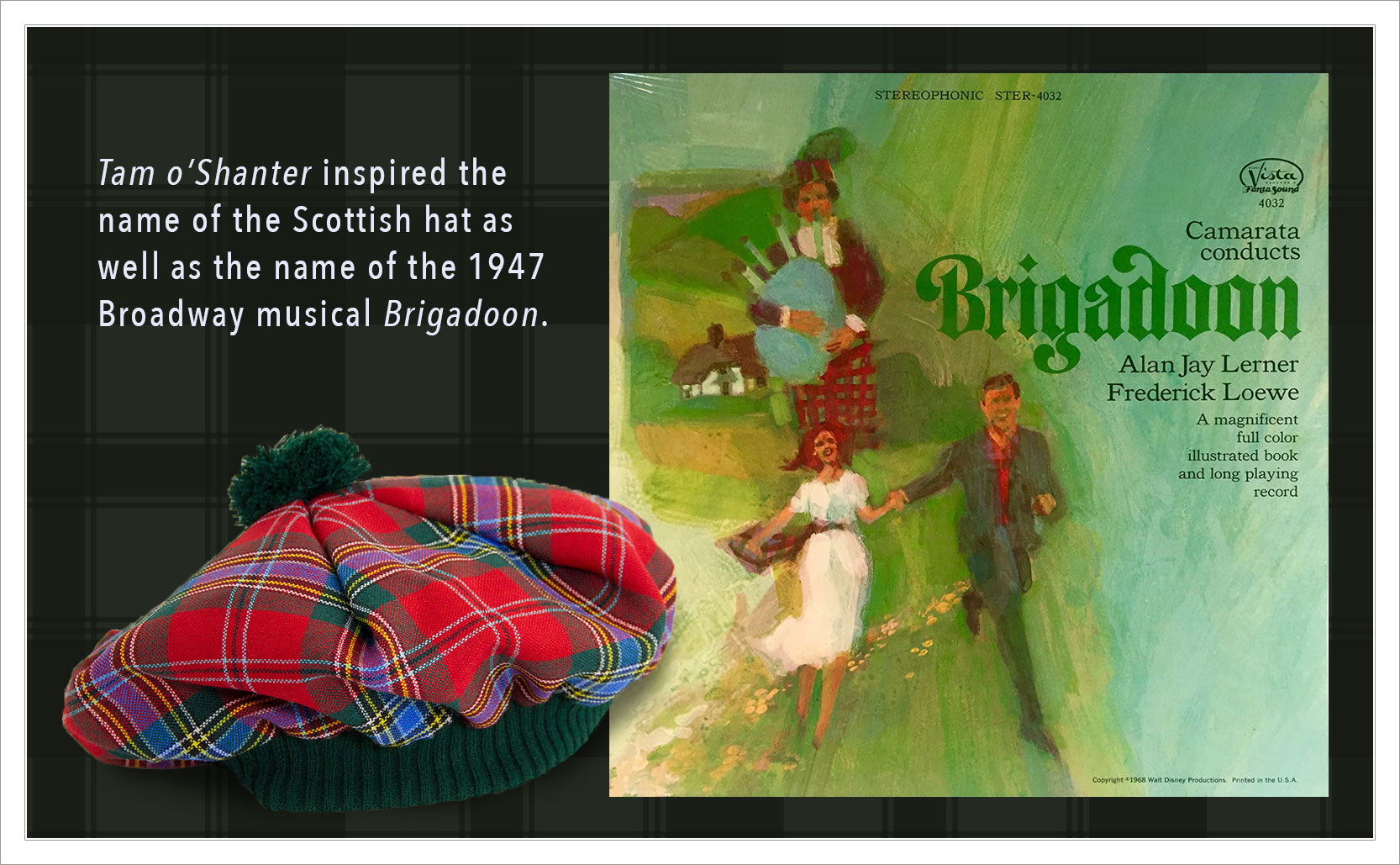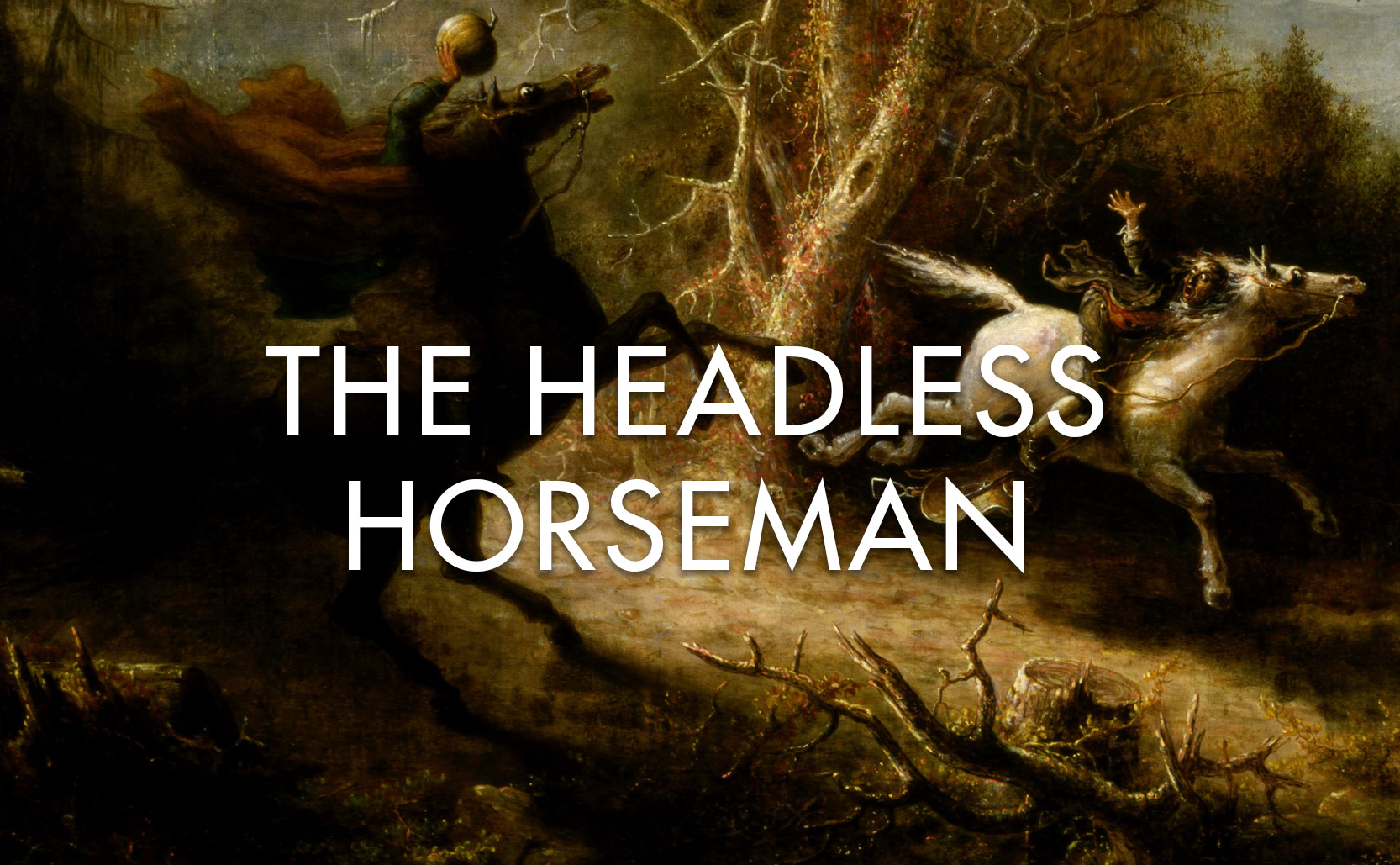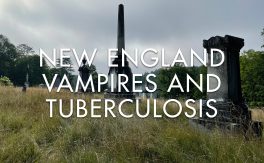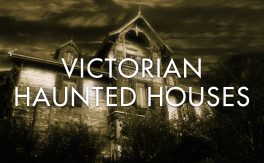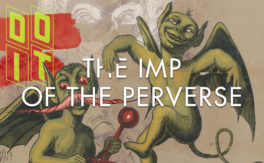A legend of a headless horseman and the need to cross a body of water for safety isn’t unique to Washington Irving.
Washington Irving’s 1820 story The Legend of Sleepy Hollow centers around an encounter with the headless horseman (the restless ghost of a Hessian soldier of the Revolutionary War whose head was shot off by a cannon). After attending a harvest festival at the Van Tassel house our protagonist, Ichabod Crane, is pursued in the night by the headless horseman. Crane’s one chance of safety is to cross the Pocantico River because the headless horseman’s power ends at the boundary of the river. As Crane and his horse Gunpowder cross the bridge the horseman gives one last attack by throwing his own head at Crane (or so the story goes).
Headless Riders
Irving’s story is an American classic but it’s also part of a larger tradition of supernatural headless horsemen. The British Isles and Northern Europe have a variety of spectral headless riders but one of the most famous are the dullahans of Ireland. The dullahans are a kind of sinister magical creature. They’re dress in black, riding black horses (who are also headless in some versions), and when they stop riding it’s only to announce the name of someone who is about to die. Their decapitated head, which they carry in their hand, is said to have magical sight and speaks the name of the person to die. In their other hand they crack a whip made of a human spinal cord.
In some parts of Ireland a dullahan doesn’t ride a solitary horse but instead is the headless coachman of the Cóiste Bodhar, the death coach. The death coach rides to pick up someone who is about to die and carry them to the afterlife.
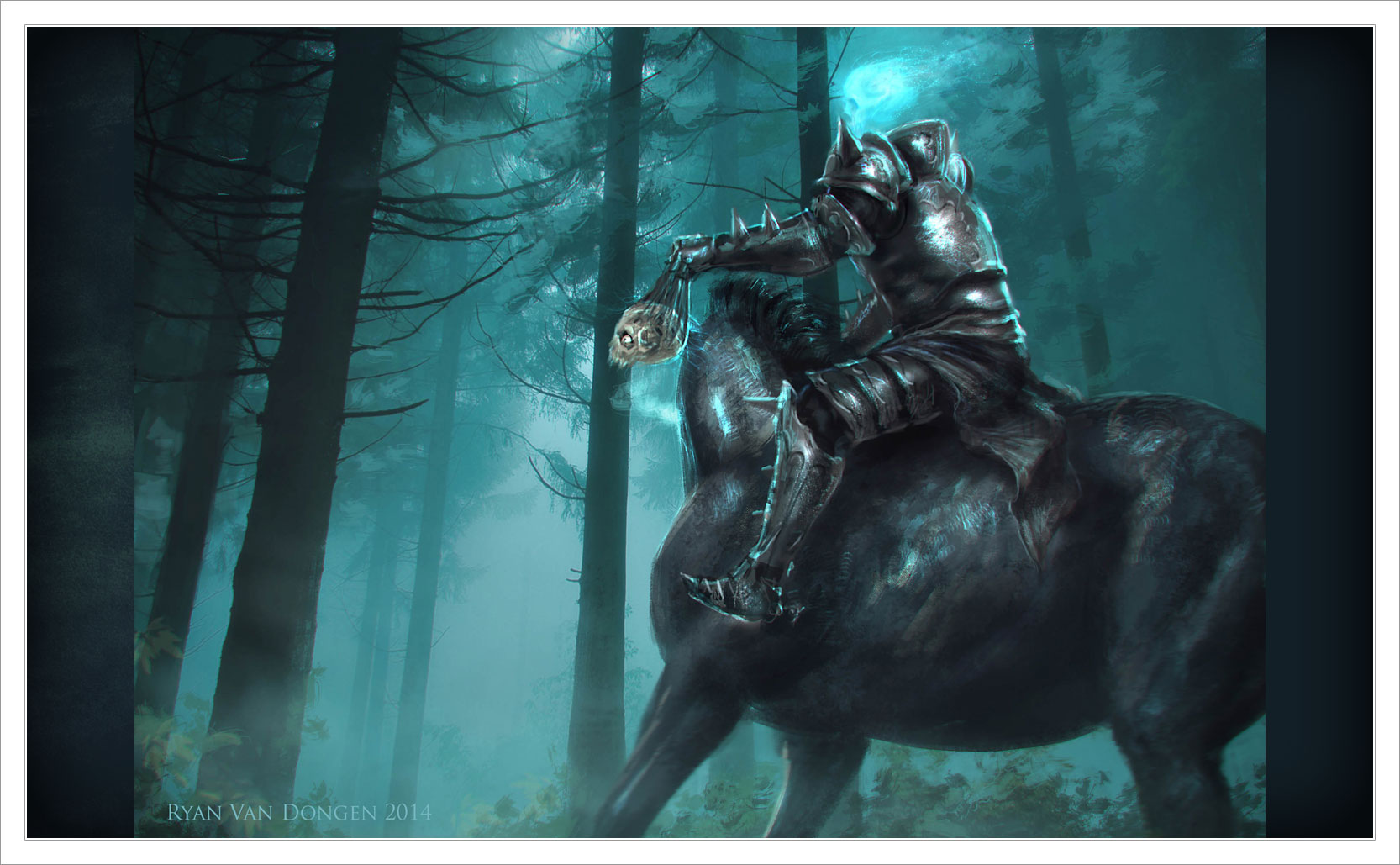
Take Me To The River
In The Legend of Sleep Hollow Ichabod Crane’s one chance of safety is to cross the bridge and reach the other side. This supernatural nighttime chase, and trying to reach the other side of the river, is similar to Robert Burns’s 1790 poem Tam o’ Shanter. In the poem, the titular Tam o’ Shanter has ended an evening of drinking at the pub and sets out into the night on his horse Meg. As he is riding along he sees an old abandoned church with light coming from inside, so he stops to take a closer look. Inside is a satanic witches’ sabbath complete with the Devil playing bagpipes.
Upon seeing a witch in a nightshirt that is just a bit too small, an intoxicated Shanter comments aloud, which is heard by the supernatural creatures. The lights go out and what follows is a daring chase where Shanter has to reach the other side of the River Doon. Like the headless horseman of Sleepy Hollow, the witches won’t cross the river and so Shanter’s only chance of survival is to make it to the other side. As he gallops across the Bridge of Doon a witch pulls off Meg’s tail.
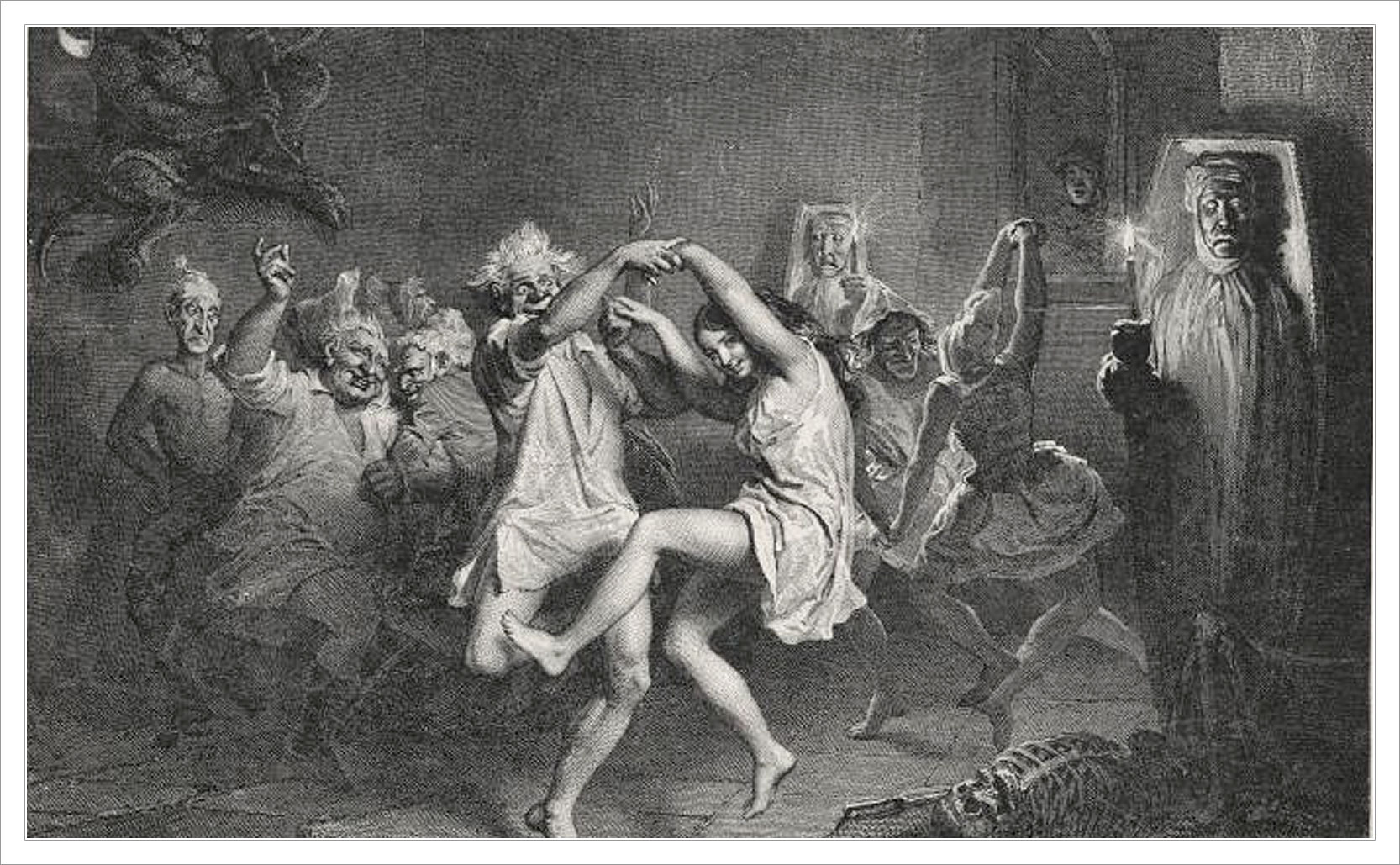
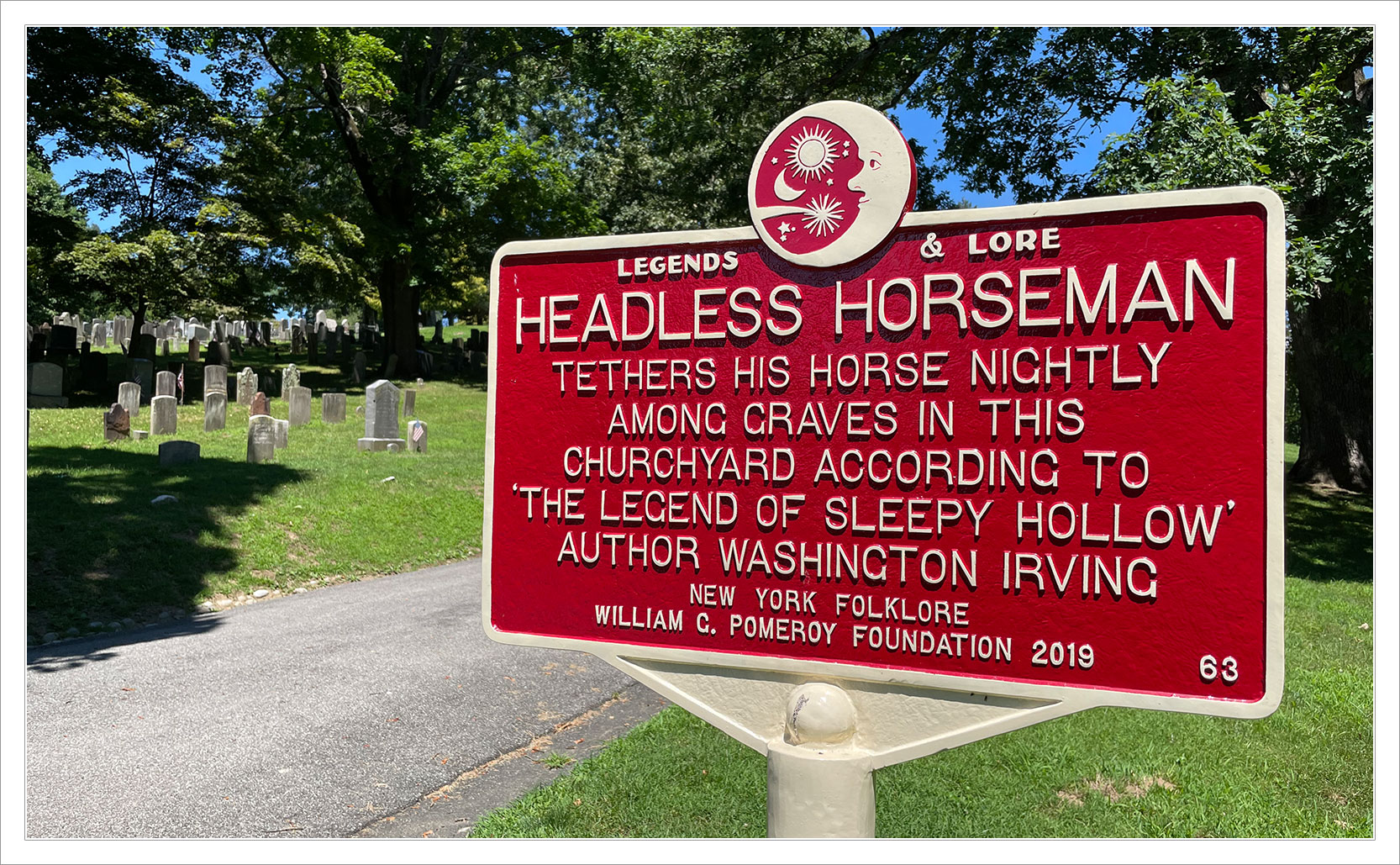
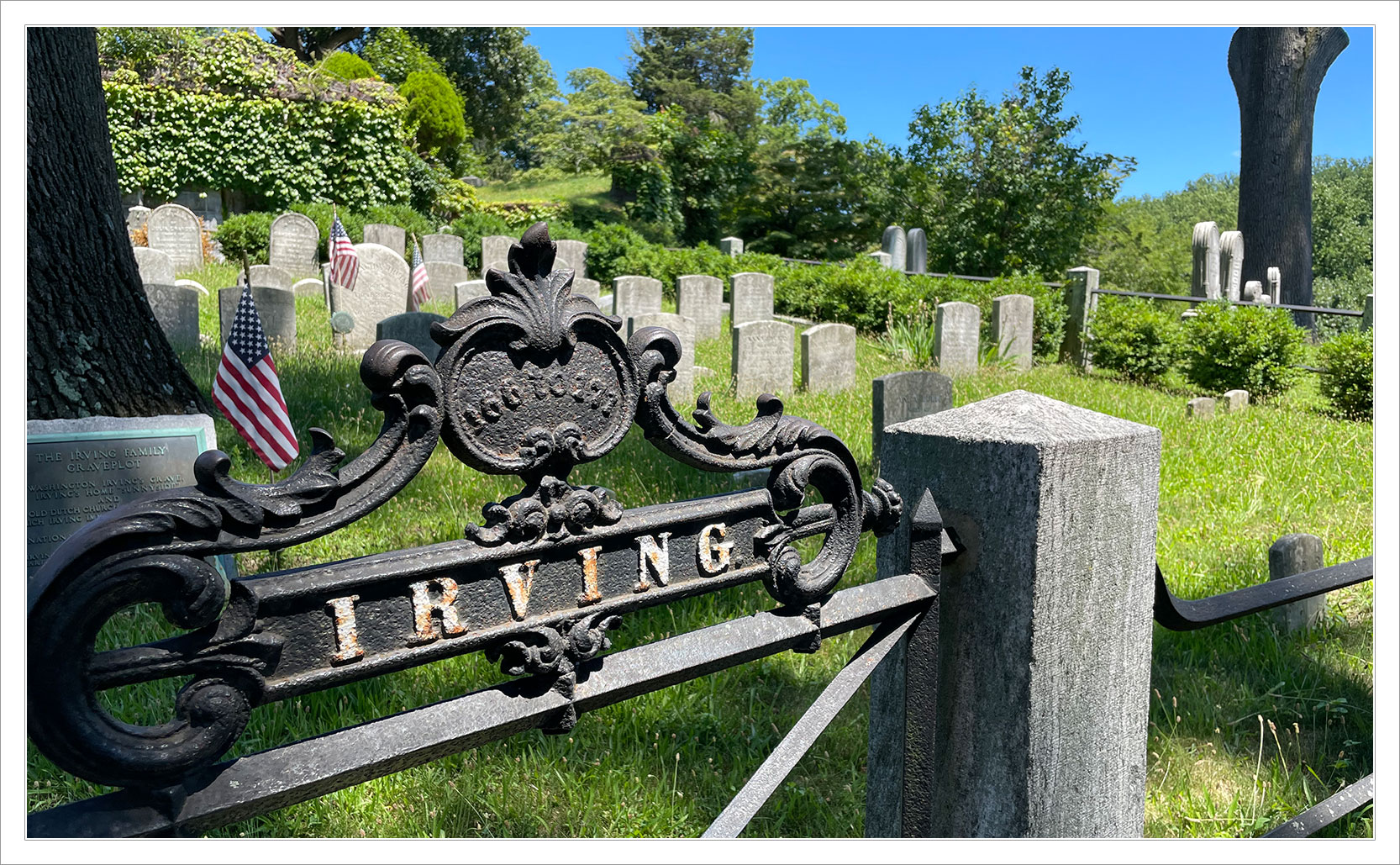
Added info: Beyond being an inspiration for Washington Irving’s The Legend of Sleepy Hollow, Tam o’Shanter is also the naming inspiration for the Scottish hat of the same name. The Bridge of Doon which Tam crosses, aka the Brig o’ Doon, is the inspiration for the name of the 1947 Broadway musical Brigadoon and its fictional town that appears once a century.
